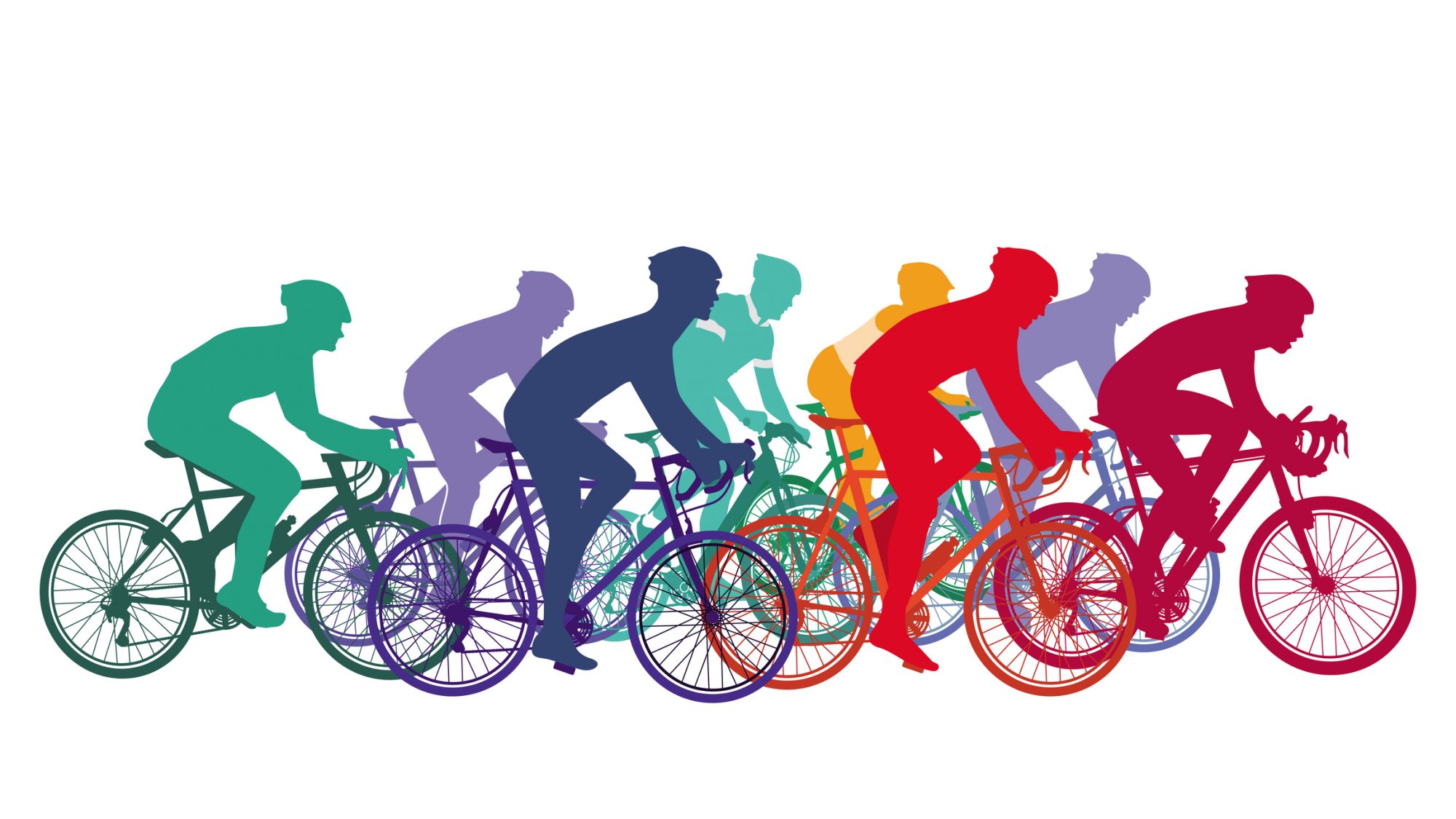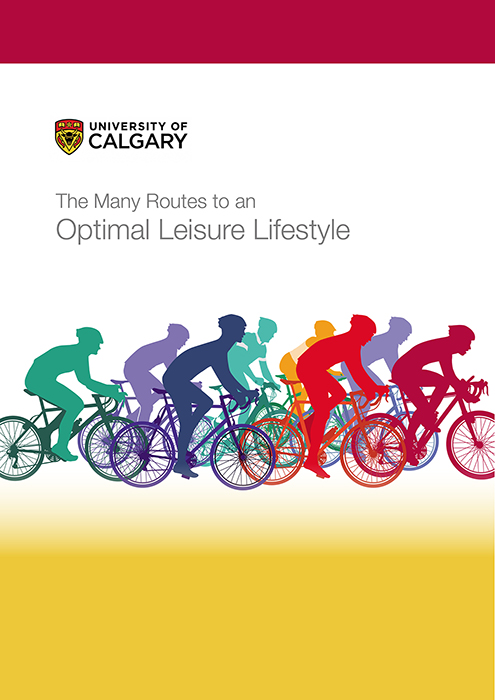An optimal leisure lifestyle (OLL) consists, in its most agreeable form, of deeply fulfilling participation during free time in one or more substantial, absorbing activities known as serious leisure
They are complemented by judicious amounts of casual leisure or project-based leisure or both. People find an optimal leisure lifestyle by doing leisure activities that individually and in combination help them realise their human potential (their talents and tastes), leading thereby to an enhanced quality of life and well-being. Nevertheless, the OLL is a leisure conception, though one that always has work and non-work obligations in the background serving as a comparative backdrop.
My goal in this follow-up article is to show the many routes along which you can reach your own optimal leisure lifestyle. The starting point is found in your free time, your leisure. To that end, consider the definition I developed over my 50 years of research in this area:
Leisure is an un-coerced, contextually framed activity engaged in during free time perceived as such, which people want to do and, using their abilities and resources, actually do in either a satisfying or a fulfilling way (or both).
Free time is time away from unpleasant, or disagreeable, work or non-work obligations, with pleasant obligations being regarded here as essentially leisure. In other words, one feels no significant coercion to enact the activity in question. This definition also stresses human agency or what “people want to do” – and distinguishes the more superficial satisfaction gained from casual leisure vis-à-vis the deep self-fulfilment flowing from the serious kind.

It is necessary to have a detailed, scientific definition of leisure – there is a widespread tendency in common sense and even in some scientific circles to define it as “not work.” This is no definition at all, for such statements tell us nothing about the essential characteristics of leisure. Moreover, non-definitions provide minimal guidance on how to study free-time activity or how to develop an optimal leisure lifestyle.
This definition referred to “un-coerced activity.” An activity is a type of pursuit, wherein participants in it mentally or physically (often both) think or do something motivated by the hope of achieving the desired end. It is a basic life concept both in leisure and outside it. Our existence is filled with activities, both pleasant and unpleasant: sleeping, mowing the lawn, taking the train to work, having a tooth filled, eating lunch, playing tennis matches, running a meeting, and on and on. Activities, as this list illustrates, may be categorised as work, leisure, or non-work obligation.
This definition of activity gets further amplified in the concept of core activity: a distinctive set of interrelated actions or steps that must be followed to achieve the outcome or product that a participant seeks. As with general activities core activities are pursued in work, leisure, and non-work obligations. Consider some examples in serious leisure: a core activity of alpine skiing is descending snow- covered slopes, cabinet making is shaping and finishing wood, and volunteer fire fighting is putting out blazes and rescuing people from them.
In other words, an activity is the means for having a certain leisure experience – thus when we speak of leisure activity, we also speak of a distinctive experience, be it satisfying, fulfilling, or both. People participating in leisure activities have as a main goal the desire for a satisfying or a fulfilling core experience. Furthermore, they evaluate their involvement in these activities as good or bad, according to the level of satisfaction or fulfilment found there. Self-fulfilment rests on a fulfilling experience, or more precisely, on a set of chronological experiences leading to the development to the fullest of a person’s gifts and character, to the development of that person’s full potential. Such an acquisition is certainly both a reward and a benefit of serious leisure. Satisfaction often results from a satisfying experience that is fun (also referred to as gratifying). In another sense, this feeling may come from meeting or satisfying a need or want. In neither instance does satisfaction denote the preferred sense of fulfilment just presented. In general, satisfaction is commonly what we gain from casual leisure activity, whereas fulfilment typically comes with its serious counterpart. Sometimes the enthusiast can experience both, as does the jazz musician who had “fun” at the jam session; that is, it was fun to play well while developing further as an artist.
Three Kinds of Leisure
The opening article mentioned serious, casual, and project-based leisure, but with very little elaboration. The purpose of this section is to flesh out these three to the extent needed to develop an optimal leisure lifestyle.
We start with serious leisure, which is the label for the activities of amateurs, hobbyists, and career volunteers. Amateurs are found in art, science, sport, and entertainment, where they are invariably linked in a variety of ways with their professional counterparts. The two can be distinguished descriptively in that the activity in question constitutes some or all of a livelihood for professionals but not for amateurs. Furthermore, most professionals work full-time at the activity, whereas all amateurs pursue it part-time. Hobbyists lack this professional alter ego, suggesting that, historically, all amateurs were hobbyists before their fields professionalized. Both types are drawn to their leisure pursuits significantly more by self-interest than by altruism, whereas volunteers engage in activities requiring a more or less equal blend of these two motives.
Hobbyists can be classified into five types:
- Collectors
- Makers and tinkerers
- Non-competitive activity participants (e.g., fishing, hiking, orienteering)
- Hobbyist sports and games (e.g., ultimate Frisbee, croquet, gin rummy)
- Liberal arts hobbies
Hobbyists here are enamoured of the systematic acquisition of knowledge for its own sake. Many of them accomplish this by reading voraciously in such fields as art, sport, cuisine, language, culture, history, science, philosophy, politics, and literature. But some of them go beyond this to expand their knowledge still further through cultural tourism, documentary videos, television programs, and similar resources.
1. Volunteering
The following definition distinguishes it from the other two types of leisure. Volunteering is uncoerced help offered either formally or informally with no or, at most, token pay and done for the benefit of both other people (beyond the volunteer’s family) and the volunteer. Still, the definition of serious leisure restricts attention everywhere to volunteering in which the participant finds a career in acquiring a combination of skill, knowledge, and experience gained through more or less continuous and substantial helping. Therefore, one-time donations of money, organs, services, and so forth are more accurately classified as voluntary action of another sort, as are instances of casual volunteering.
The following list, which consists of 16 types of organisational volunteering, shows the scope of career volunteering. Career volunteers provide a great variety of services in education, science, civic affairs (e.g., advocacy projects, professional and labour organisations), spiritual development, health, economic development, religion, politics, government (programs and services), human relationships, recreation, and the arts. Some of these volunteers work in the fields of safety or the physical environment, while others prefer to provide support services or necessities such as food, clothing, and shelter. Although much of career volunteering appears to be linked in some way to an organisation of some sort, the scope of this leisure is possibly even broader, perhaps including the kinds of helping devoted individuals do for social movements or neighbours and friends. Still, the definition of serious leisure restricts attention everywhere to volunteering in which the participant can find a career, in which there is more or less continuous and substantial helping. Therefore, one-time donations of money, organs, services, and the like are more accurately classified as voluntary action of another sort, as are instances of casual volunteering, which include ushering, stuffing envelopes, and handing out programs as an aid to commercial, professional, or serious leisure undertakings.
Furthermore, my informal observations made over the years suggest that volunteer activities are motivated, in part, by one of six types of interest. They are interested in activities focused on 1) people, 2) ideas, 3) things, 4) flora, 5) fauna, or 6) the natural environment. Each type offers its volunteers an opportunity to pursue, through an altruistic activity, a particular kind of interest.
Popular volunteer
Examples of career, or serious leisure, volunteering with people include ski patrol, search and rescue, emergency medical worker, trained/experienced hospital volunteer, and tutor of second-language learners. The worldwide volunteer organisation The Guardian Angels, which safeguards crime and violence in neighbourhoods, schools and now, cyberspace, further exemplifies this type. Casual volunteering with people is seen in, among other activities, ushering, handing out leaflets, collecting donations (including fund- raising), giving directions, and serving in community welcoming clubs. Popular volunteering in leisure projects is evident in the various people-oriented roles volunteers fill at conferences, arts festivals, children’s festivals and sports tournaments.

Idea-Based Volunteer
Volunteering centred on ideas often gets expressed in a service of some sort. Serious leisure examples are legion: pro-bono legal service, volunteer consulting, retired business people volunteering business advice, and political party volunteers working on strategy or policy. Not conceivable as a service, however, is advocacy volunteering (including protest activity), which nonetheless requires manipulating ideas, in this instance, to persuade a target group. Moreover, for those wanting only a limited volunteer experience, any of these could also be carried out as leisure projects. Finally, I could think of no instances of casual volunteering using ideas, and perhaps for good reason. Casual leisure is essentially hedonic and, as such, not idea- based volunteer activity as conceived of here.
Material Volunteer
Volunteer work with human-made things may be the arena for the largest amount of project- based volunteering. Some material volunteers organise their work for Habitat for Humanity as a project, as do those who donate their trade skills to fix a plumbing or electrical problem at their church, prepare food for the needy on Thanksgiving Day, or help construct the set for a high school play. Examples of material volunteering as serious leisure include regular volunteers who repair and restore furniture and clothing donated to the Salvation Army, prepare meals for the indigent, and perform secretarial or book-keeping services for a nonprofit group. Volunteers providing water filters and electrical lighting to developing countries are engaging in serious leisure material volunteering, as are volunteer firefighters (when not rescuing people). Casual material volunteering refers to such activities as regularly stuffing envelopes for a nonprofit group mailing, picking up trash along beaches or roadsides (which can also be classified as environmental volunteering), and keeping the score at adolescent sporting matches.
To find out more on the different types of volunteering and leisure lifestyle activities – click the accompanying eBook.



